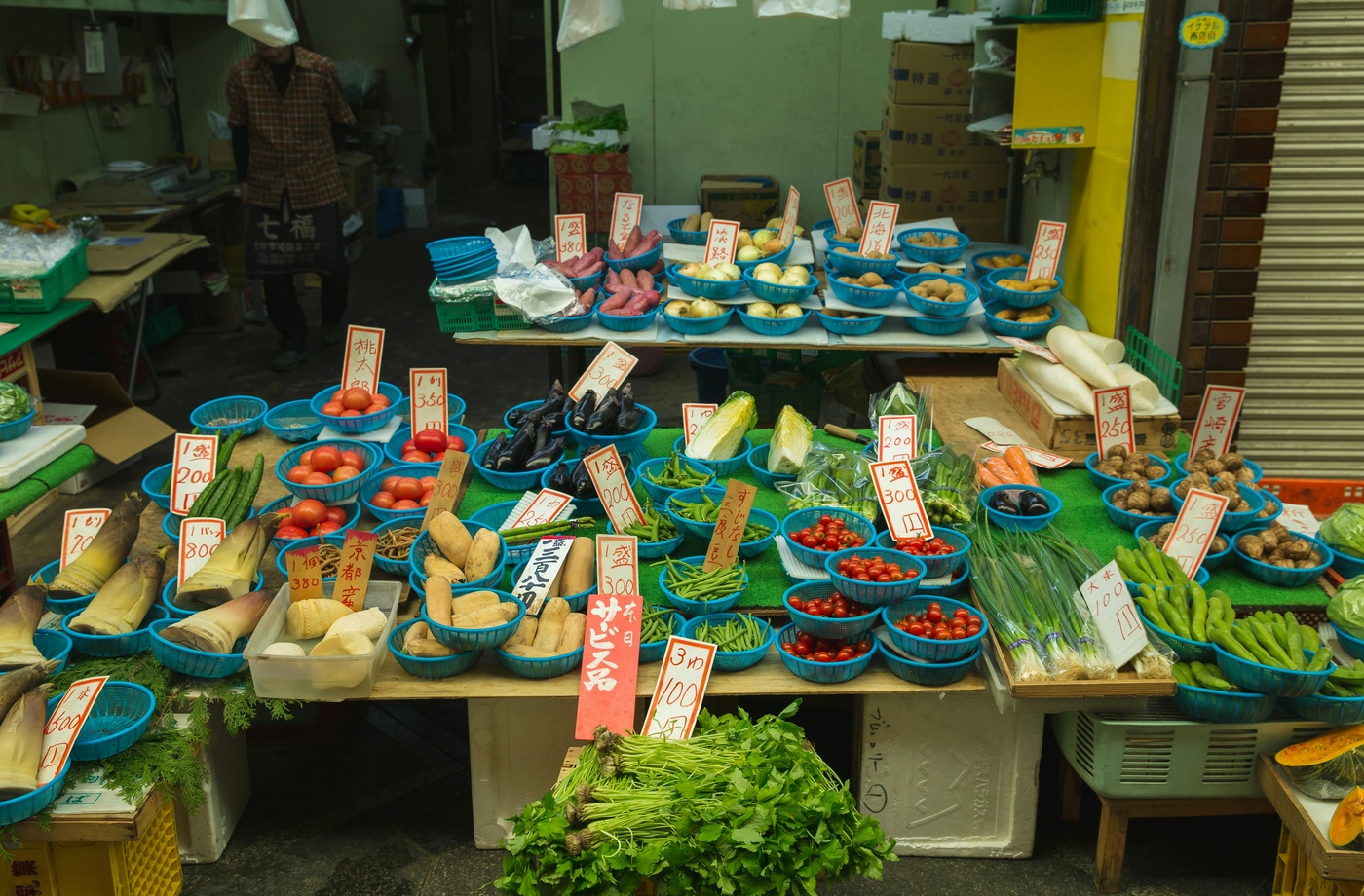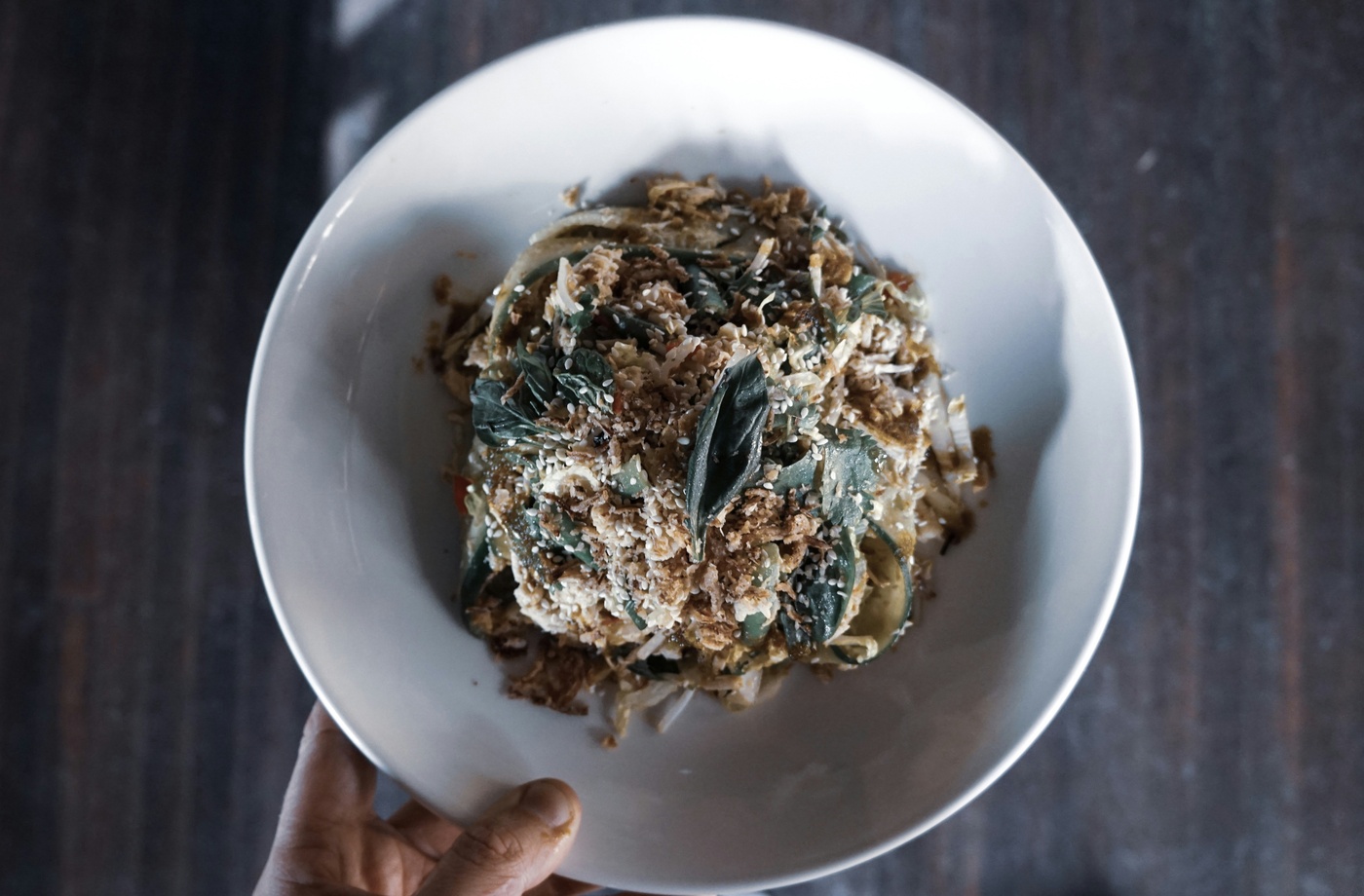When exploring a new city, food is often one of the best parts of the experience. But if you’re sticking to restaurants in the heart of downtown or near major attractions, your meal could come with a hefty markup. Fortunately, there are plenty of ways to eat like a local and avoid falling into the tourist price trap.
From food apps to tried-and-true strategies, here’s how to find authentic, budget-friendly meals wherever you go.
- Skip the tourist zones
Restaurants located near hotels, airports, stadiums, and tourist hotspots tend to have inflated prices. Instead, walk a few blocks away or take public transit to neighborhoods where locals actually eat. You’ll likely find better prices, friendlier service, and more authentic dishes.
Use Google Maps to search “restaurants near me” and zoom out of the main attractions to explore lesser-known areas. Pay attention to reviews from locals—if the top reviews are all from visitors, it might not be a local gem.
- Check local food blogs and guides
Instead of relying solely on TripAdvisor or Yelp, search for food blogs written by residents. City-based blogs and Instagram accounts often highlight underrated restaurants, seasonal specials, and food trucks that locals swear by.
Look for guides like:
- Eater (with city-specific editions)
- Infatuation
- Thrillist (for food roundups and cheap eats lists)
- Eat at food halls and markets
Urban food halls and public markets are ideal for trying diverse local cuisine without the sit-down restaurant prices. Places like Smorgasburg in New York or Pike Place Market in Seattle feature rotating vendors, local specialties, and shareable dishes at better-than-tourist prices.
You can sample multiple cuisines in one spot while mingling with actual residents.
- Try lunch instead of dinner
Many restaurants offer the same dishes at lunch for significantly less. Prix fixe or bento lunch sets are common at places like sushi bars, French bistros, and Mediterranean cafés. This is especially true in expensive cities like San Francisco or Chicago, where a $20 lunch might cost $40 at dinner.
Browse menus ahead of time on platforms like OpenTable or Resy, and compare lunch vs. dinner pricing.
- Ask a local (really)
Strike up a casual conversation with your Airbnb host, rideshare driver, or barista and ask where they like to eat. Locals can point you toward neighborhood favorites, hole-in-the-wall spots, or off-menu items that won’t show up in guidebooks.
You’ll not only get better food—but often at better prices and in more relaxed settings.
- Explore ethnic neighborhoods
Chinatown, Little Ethiopia, Koreatown, and other cultural districts are often home to the best-value meals in any city. These neighborhoods typically serve authentic, high-quality food at affordable prices. You’re likely to find larger portions and more variety without paying for ambiance or tourist traffic.
Use Yelp filters to narrow by neighborhood and cuisine.
- Avoid hotel breakfasts and overpriced brunches
Many hotel breakfasts charge upwards of $20 per person for basic fare. Skip it and head to a local bakery, diner, or café. Not only will you pay less, but you’ll get a more unique experience with locally roasted coffee, fresh pastries, or regional breakfast dishes.
- Download local delivery apps
In some cities, smaller or regional food delivery apps have exclusive partnerships with local restaurants. For example, Ritual and ChowNow work with smaller vendors and avoid the steep markups seen on national apps. Even if you’re not ordering delivery, browsing menus on these platforms can help you find hidden gems.
Final bite
You don’t have to sacrifice quality to eat affordably while traveling. By venturing just beyond the tourist track, tapping into local insights, and being flexible with where and when you eat, you’ll enjoy better meals and keep your travel budget in check. After all, the best bites often come from places you wouldn’t find in a guidebook.



